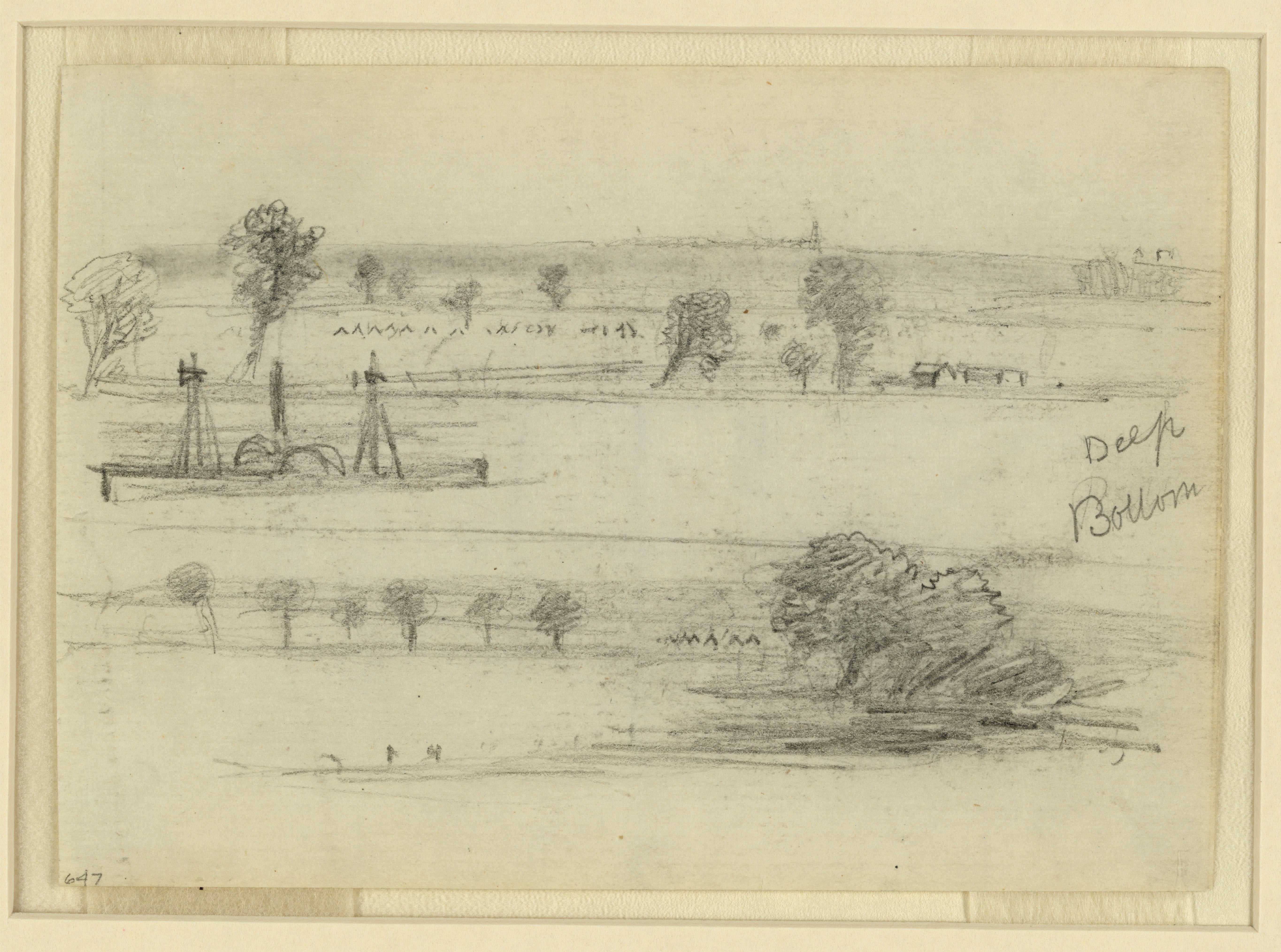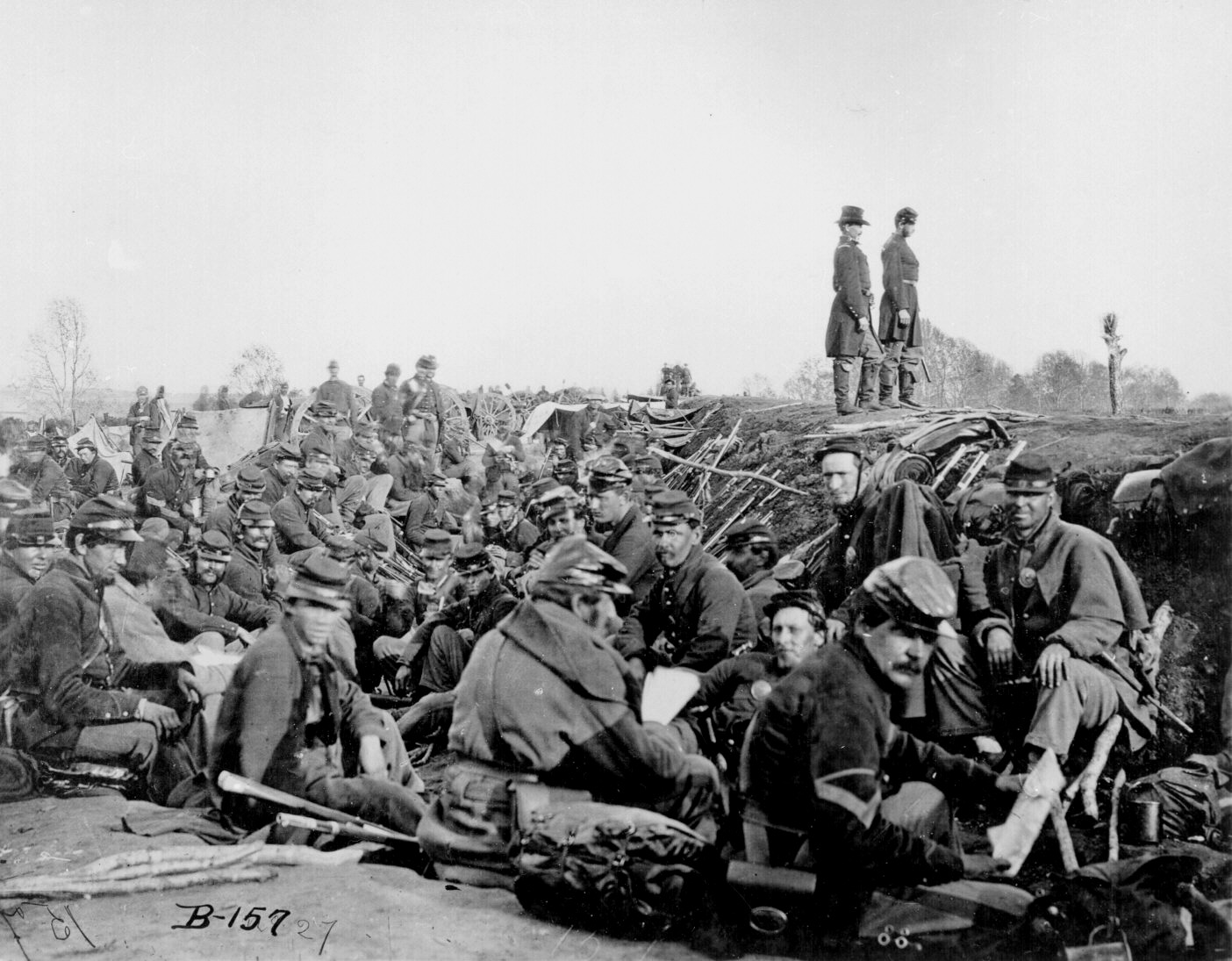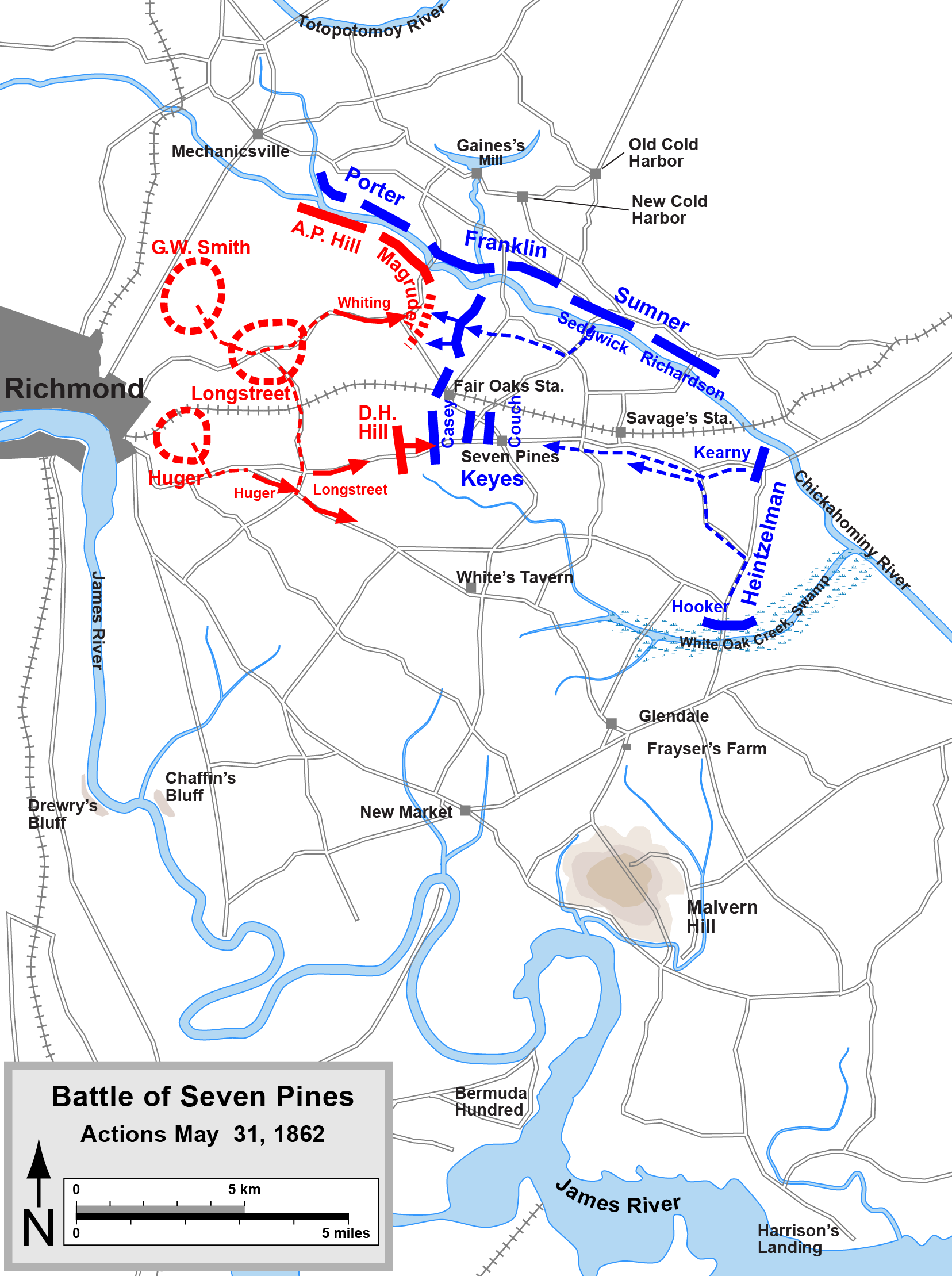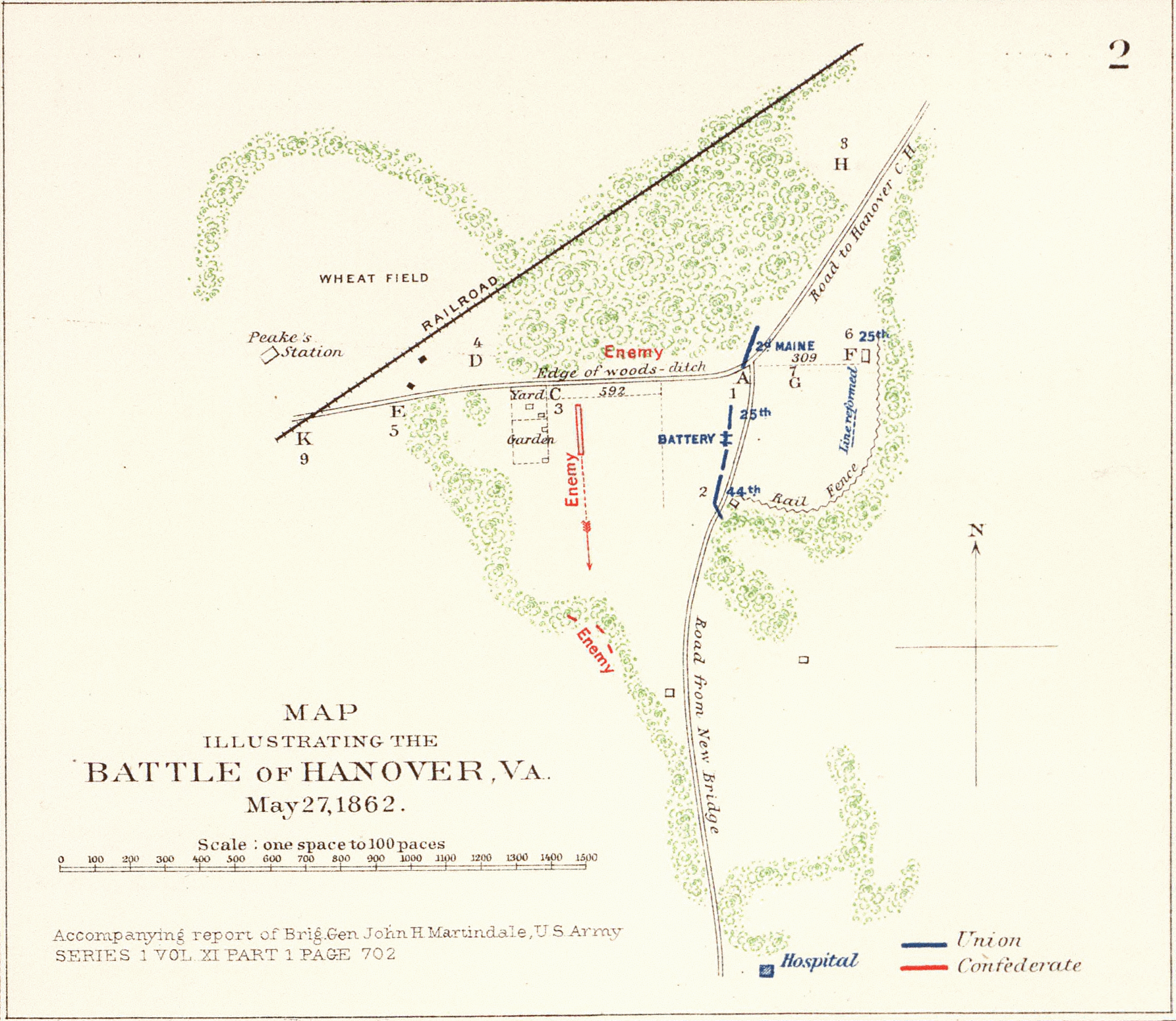|
James Fegan
Sergeant James Fegan (1827 – June 25, 1886) was an American soldier in the U.S. Army who served with the 2nd and 3rd U.S. Infantry during the American Civil War, and Indian Wars. In March 1868, while escorting a powder train en route from Fort Harker to Fort Dodge, Kansas, he single-handedly prevented a mob from blowing up the train to free an army deserter. For his efforts, he received the Medal of Honor. Fegan was popular and well known in the military during his lifetime. He was especially noted for his shrewdness and humor, having many colorful stories and anecdotes attributed to him. President Chester A. Arthur spoke of him in a special message to the United States Congress in 1882. His life and career were among several prominent officers profiled by author Theo F. Rodenbough in his books ''Uncle Sam's Medal of Honor'' (1886) and ''Sabre and Bayonet: Stories of Heroism and Military Adventure'' (1897). Biography Early life and military career Born in Athlone, Irela ... [...More Info...] [...Related Items...] OR: [Wikipedia] [Google] [Baidu] |
Athlone, Ireland
Athlone (; ) is a town on the border of County Roscommon and County Westmeath, Ireland. It is located on the River Shannon near the southern shore of Lough Ree. It is the second most populous town in the Midlands Region with a population of 22,869 in the 2022 census. Most of the town lies on the east bank of the river, within the townland of the same name; however, by the terms of the Local Government Act of 1898, six townlands on the west bank of the Shannon, formerly in County Roscommon, were incorporated into the town, and consequently, into the county of Westmeath. Around 100 km west of Dublin, Athlone is near the geographical centre of Ireland. History Athlone Castle, situated on the western bank of the River Shannon, is the geographical and historical centre of Athlone. Throughout its early history, the ford of Athlone was strategically important, as south of Athlone the Shannon is impassable until Clonmacnoise, where the Esker Riada meets the Shannon, whi ... [...More Info...] [...Related Items...] OR: [Wikipedia] [Google] [Baidu] |
New York City, New York
New York, often called New York City (NYC), is the List of United States cities by population, most populous city in the United States, located at the southern tip of New York State on New York Harbor, one of the world's largest natural harbors. The city comprises boroughs of New York City, five boroughs, each coextensive with List of counties in New York, a respective county. The city is the geographical and demographic center of both the Northeast megalopolis and the New York metropolitan area, the largest metropolitan area in the United States by both population and urban area. New York is a global city, global center of financial center, finance and Economy of New York City, commerce, Culture of New York City, culture, high technology, technology, The Entertainment Capital of the World, entertainment and Media in New York City, media, Academy, academics, and List of cities by scientific output, scientific output, the The arts, arts and fashion capital, fashion, and, as hom ... [...More Info...] [...Related Items...] OR: [Wikipedia] [Google] [Baidu] |
Second Battle Of Deep Bottom
The Second Battle of Deep Bottom, also known as Fussell's Mill (particularly in the South), New Market Road, Bailey's Creek, Charles City Road, or White's Tavern, was fought August 14–20, 1864, at Deep Bottom in Henrico County, Virginia, during the Richmond-Petersburg Campaign (Siege of Petersburg) of the American Civil War. During the night of August 13–14, a force under the command of Major General. Winfield Scott Hancock crossed the James River from the south at Deep Bottom to threaten Richmond and attract Confederate forces away from the Petersburg, Virginia, trenches and the Shenandoah Valley. On August 14, the X Corps closed on New Market Heights while the II Corps extended the Federal line to the right along Bailey's Creek. During the night, the X Corps was moved to the right flank of the Union line near Fussell's Mill and Charles City Road. On August 16, Union assaults near the mill were initially successful, but Confederate counterattacks drove the Federals back. ... [...More Info...] [...Related Items...] OR: [Wikipedia] [Google] [Baidu] |
First Battle Of Deep Bottom
The First Battle of Deep Bottom, also known as Darbytown, Strawberry Plains, New Market Road, or Gravel Hill, was fought July 27–29, 1864, at Deep Bottom in Henrico County, Virginia, as part of the Siege of Petersburg of the American Civil War. A Union force under Maj. Gens. Winfield S. Hancock and Philip H. Sheridan was sent on an expedition threatening Richmond, Virginia, and its railroads, intending to attract Confederate troops away from the Petersburg defensive line, in anticipation of the upcoming Battle of the Crater. The Union infantry and cavalry force was unable to break through the Confederate fortifications at Bailey's Creek and Fussell's Mill and was withdrawn, but it achieved its desired effect of momentarily reducing Confederate strength at Petersburg. Background Deep Bottom is the colloquial name for an area of the James River in Henrico County southeast of Richmond, Virginia, at a horseshoe-shaped bend in the river known as Jones Neck. It was a conven ... [...More Info...] [...Related Items...] OR: [Wikipedia] [Google] [Baidu] |
Siege Of Petersburg
The Richmond–Petersburg campaign was a series of battles around Petersburg, Virginia, fought from June 9, 1864, to March 25, 1865, during the American Civil War. Although it is more popularly known as the siege of Petersburg, it was not a classic military siege, in which a city is Encirclement, encircled with fortifications blocking all routes of ingress and egress, nor was it strictly limited to actions against Petersburg. The campaign consisted of nine months of trench warfare in which Union Army, Union forces commanded by Lieutenant general (United States), Lieutenant General Ulysses S. Grant assaulted Petersburg unsuccessfully and then constructed trench lines that eventually extended over from the eastern outskirts of Richmond, Virginia, to around the eastern and southern outskirts of Petersburg. Petersburg was crucial to the supply of Confederate States Army, Confederate General (CSA), General Robert E. Lee's army and the Confederate States of America, Confederate capi ... [...More Info...] [...Related Items...] OR: [Wikipedia] [Google] [Baidu] |
Battle Of Antietam
The Battle of Antietam ( ), also called the Battle of Sharpsburg, particularly in the Southern United States, took place during the American Civil War on September 17, 1862, between Confederate General Robert E. Lee's Army of Northern Virginia and Union Major General George B. McClellan's Army of the Potomac near Sharpsburg, Maryland, and Antietam Creek. Part of the Maryland Campaign, it was the first field army–level engagement in the Eastern Theater of the American Civil War to take place on Union soil. It remains the bloodiest day in American history, with a tally of 22,727 dead, wounded, or missing on both sides. Although the Union Army suffered heavier casualties than the Confederates, the battle was a major turning point in the Union's favor. After pursuing Confederate General Robert E. Lee into Maryland, Major General George B. McClellan of the Union Army launched attacks against Lee's army who were in defensive positions behind Antietam Creek. At dawn on Se ... [...More Info...] [...Related Items...] OR: [Wikipedia] [Google] [Baidu] |
Battle Of South Mountain
The Battle of South Mountain, known in several early Southern United States, Southern accounts as the Battle of Boonsboro Gap, was fought on September 14, 1862, as part of the Maryland campaign of the American Civil War. Three pitched battles were fought for possession of three South Mountain (Maryland and Pennsylvania), South Mountain passes: Crampton's Gap, Crampton's, Turner's Gap, Turner's, and Fox's Gaps. Major general (United States), Maj. Gen. George B. McClellan, commanding the Union Army, Union Army of the Potomac, needed to pass through these gaps in his pursuit of Confederate States Army, Confederate General Robert E. Lee's precariously divided Army of Northern Virginia. Although the delay bought at South Mountain would allow him to reunite his army and forestall defeat in detail, Lee considered termination of the Maryland Campaign at nightfall. Background South Mountain (Maryland and Pennsylvania), South Mountain is the name given to the continuation of the Blu ... [...More Info...] [...Related Items...] OR: [Wikipedia] [Google] [Baidu] |
First Battle Of Bull Run
The First Battle of Bull Run, called the Battle of First Manassas . by Confederate States Army, Confederate forces, was the first major battle of the American Civil War. The battle was fought on July 21, 1861, in Prince William County, Virginia, just north of what is now the city of Manassas, Virginia, Manassas and about thirty miles west-southwest of Washington, D.C. The Union Army was slow in positioning themselves, allowing Confederate reinforcements time to arrive by rail. Each side had about 18,000 poorly trained and poorly led troops. The battle was a Confederate victory and was followed by a disorganized post-battle retreat of the Union forces. Just months after the start of the war at Battle of Fort Sumter, Fort Sumter, the northern public clamored for a march against the Confederate capital of Richmond, Virginia, whic ... [...More Info...] [...Related Items...] OR: [Wikipedia] [Google] [Baidu] |
Seven Days Battles
The Seven Days Battles were a series of seven battles over seven days from June 25 to July 1, 1862, near Richmond, Virginia, during the American Civil War. Confederate States Army, Confederate General Robert E. Lee drove the invading Union Army, Union Army of the Potomac, commanded by Major general (United States), Maj. Gen. George B. McClellan, away from Richmond and into a retreat down the Virginia Peninsula. The series of battles is sometimes known erroneously as the Seven Days Campaign, but it was actually the culmination of the Peninsula Campaign, not a separate campaign in its own right. The Seven Days began on Wednesday, June 25, 1862, with a Union attack in the minor Battle of Oak Grove, but McClellan quickly lost the initiative as Lee began a series of attacks at Battle of Beaver Dam Creek, Beaver Dam Creek (Mechanicsville, Virginia, Mechanicsville) on June 26, Battle of Gaines's Mill, Gaines's Mill on June 27, the minor actions at Battle of Garnett's & Golding's Farm, ... [...More Info...] [...Related Items...] OR: [Wikipedia] [Google] [Baidu] |
Battle Of Fair Oaks
The Battle of Seven Pines, also known as the Battle of Fair Oaks or Fair Oaks Station, took place on May 31 and June 1, 1862, in Henrico County, Virginia as part of the Peninsula Campaign of the American Civil War. The Union's Army of the Potomac, commanded by Maj. Gen. George B. McClellan, had moved up the Virginia Peninsula, reaching the outskirts of Richmond, the Confederate capital. On May 31, Confederate General Joseph E. Johnston attempted to overwhelm two Federal corps that appeared isolated south of the Chickahominy River. The Confederate assaults, although poorly coordinated, succeeded in driving back the IV Corps and inflicting heavy casualties. Reinforcements arrived, and both sides fed more and more troops into the action. Supported by the III Corps and Maj. Gen. John Sedgwick's division of Maj. Gen. Edwin V. Sumner's II Corps (which crossed the rain-swollen river on Grapevine Bridge), the Federal position was finally stabilized. Gen. Johnston was seriously w ... [...More Info...] [...Related Items...] OR: [Wikipedia] [Google] [Baidu] |
Battle Of Hanover Court House
The Battle of Hanover Court House, also known as the Battle of Slash Church, took place on May 27, 1862, in Hanover County, Virginia, as part of the Peninsula Campaign of the American Civil War. On May 27, elements of Brig. Gen. Fitz John Porter's V Corps extended north to protect the right flank of Maj. Gen. George B. McClellan's Union Army of the Potomac. Porter's objective was to deal with a Confederate force near Hanover Court House, which threatened the avenue of approach for Union reinforcements that were marching south from Fredericksburg. The smaller Confederate force, under Colonel Lawrence O'Bryan Branch, was defeated at Peake's Crossing after a disorganized fight. However, the Union victory was moot since the Union reinforcements were recalled to Fredericksburg upon word of Maj. Gen. Nathaniel P. Banks's rout in the Shenandoah Valley at the First Battle of Winchester. Background Confederate General Joseph E. Johnston withdrew his 60,000-man army from the Virgi ... [...More Info...] [...Related Items...] OR: [Wikipedia] [Google] [Baidu] |
Battle Of Malvern Hill
The Battle of Malvern Hill, also known as the Battle of Poindexter's Farm, was fought on July 1, 1862, between the Confederate Army of Northern Virginia, led by Gen. Robert E. Lee, and the Union Army of the Potomac under Maj. Gen. George B. McClellan. It was the final battle of the Seven Days Battles during the American Civil War, taking place on a elevation of land known as Malvern Hill, near the Confederate capital of Richmond, Virginia and just one mile (1.6 km) from the James River. Including inactive reserves, more than fifty thousand soldiers from each side took part, using more than two hundred pieces of artillery and three warships. The Seven Days Battles were the climax of the Peninsula Campaign, during which McClellan's Army of the Potomac sailed around the Confederate lines, landed at the tip of the Virginia Peninsula, southeast of Richmond, and struck inland towards the Confederate capital. Confederate general Joseph E. Johnston fended off McClellan's rep ... [...More Info...] [...Related Items...] OR: [Wikipedia] [Google] [Baidu] |










